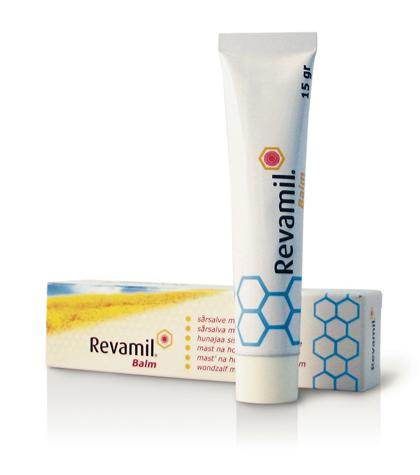





Those who hammer their swords into plows will plow for those who don't!








Those who hammer their swords into plows will plow for those who don't!




How permies.com works
What is a Mother Tree ?
 1
1




For unlimited return on all your investments - Make your deposits at 'The Entangled Bank' !




They are used to inhibit bacterial growth rather than stop active infection.
Those who hammer their swords into plows will plow for those who don't!





For unlimited return on all your investments - Make your deposits at 'The Entangled Bank' !




Those who hammer their swords into plows will plow for those who don't!





For unlimited return on all your investments - Make your deposits at 'The Entangled Bank' !




Those who hammer their swords into plows will plow for those who don't!

|
It sure was nice of your sister to lend us her car. Let's show our appreciation by sharing this tiny ad:
A rocket mass heater is the most sustainable way to heat a conventional home
http://woodheat.net
|


